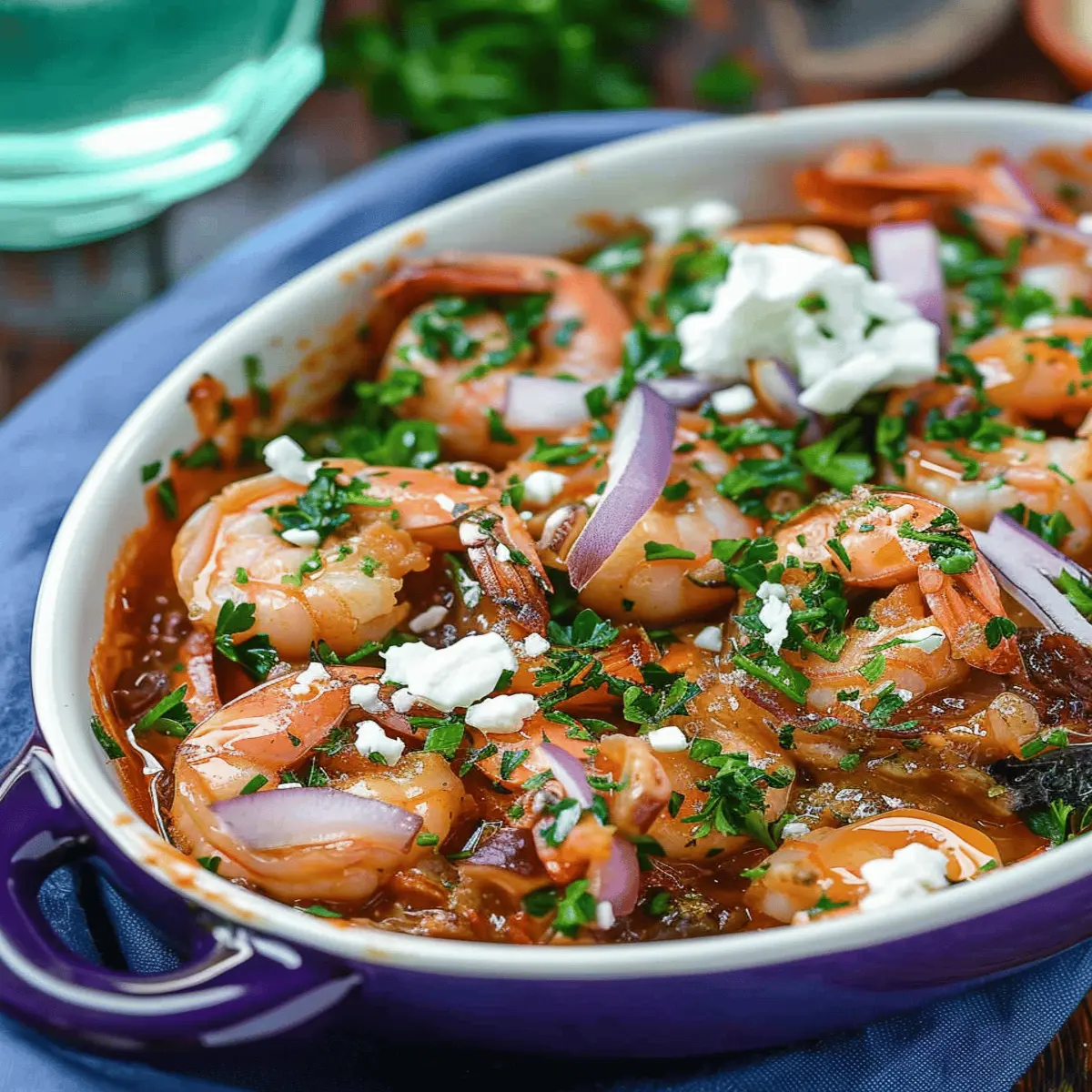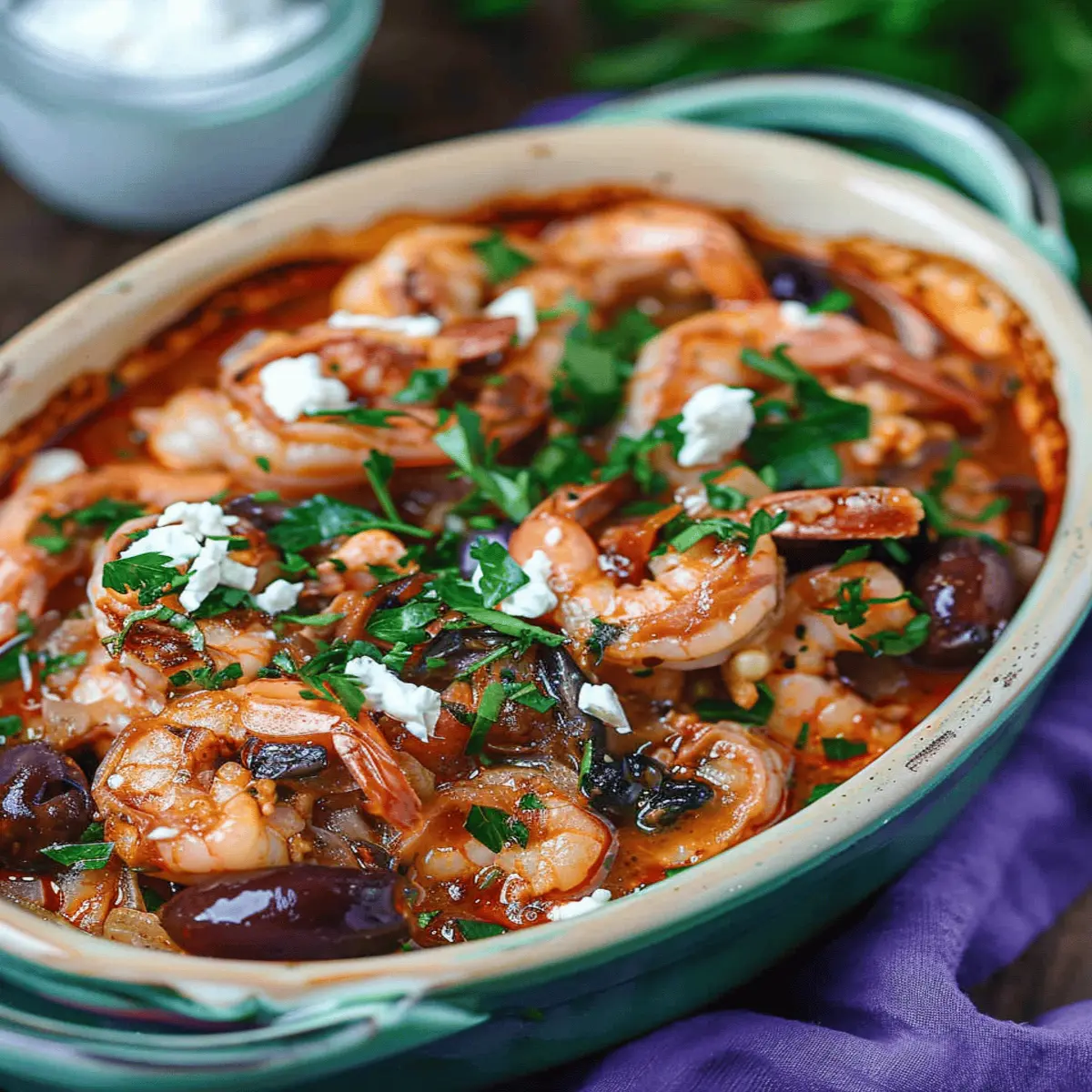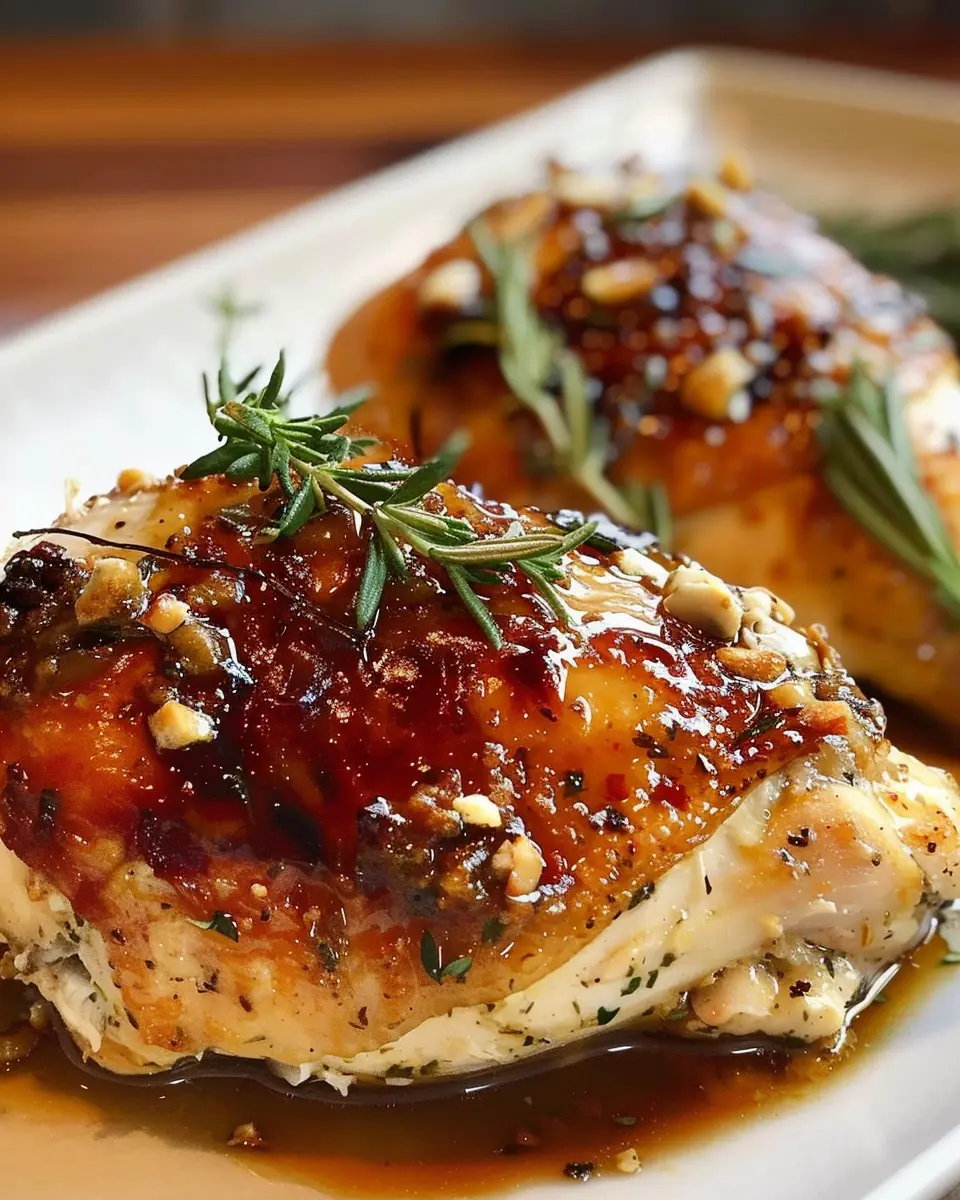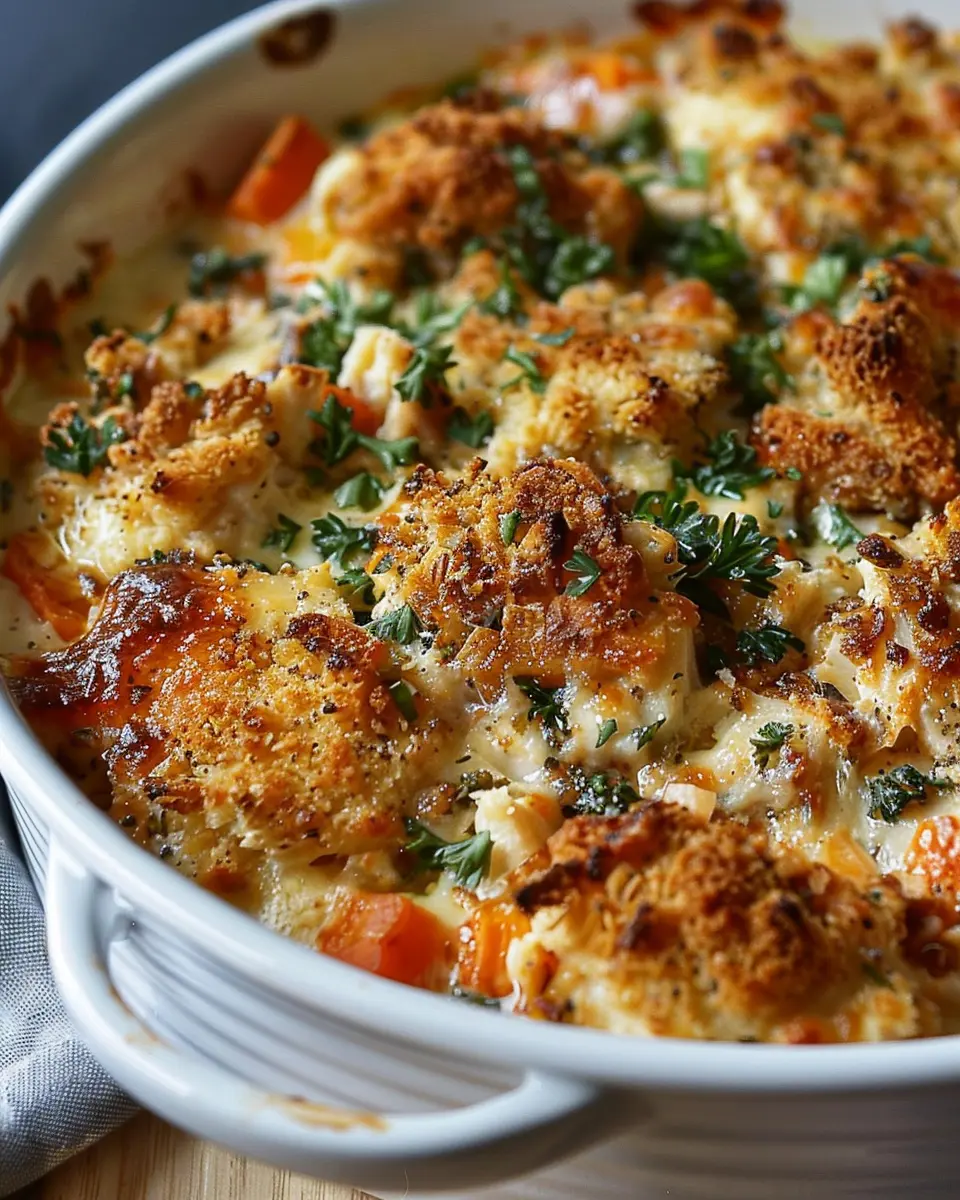Introduction to Greek Shrimp
Cooking at home can be a delightful experience, especially when you have Greek flavors to inspire you. One of the best dishes to explore is Greek shrimp. Combining fresh ingredients with aromatic herbs, this dish brings the taste of the Mediterranean straight to your kitchen table. But what exactly makes Greek flavors such a beloved choice at home?
Why Greek flavors are a hit at home
Greek cuisine often emphasizes fresh vegetables, high-quality seafood, and fragrant herbs. A study by the Mediterranean Diet Foundation suggests that people following a Mediterranean diet, rich in fruits, vegetables, and lean proteins, tend to experience better heart health. It’s not just about nutrition; it’s about connecting with the food you eat.
Here are some reasons why Greek flavors resonate so well:
-
Bold Ingredients: Greek cooking uses ingredients like garlic, lemon, and olive oil, which add depth and brightness to dishes. When making Greek shrimp, the combination of these ingredients not only enhances the flavor but also adds a vibrant touch to your meal.
-
Simple Preparation: Most Greek dishes, including shrimp recipes, are relatively easy to prepare. Whether you’re following a traditional method or putting your spin on it, the techniques are straightforward. Have you ever been overwhelmed by lengthy cooking instructions? Greek shrimp gives you simplicity without sacrificing taste.
-
Cultural Connection: Enjoying Greek cuisine can be a wonderful way to explore different cultures. With a rich history and tradition, Greek dishes help bring the family together and evoke memories of sunlit Mediterranean shores. Have you ever tasted something that instantly transported you somewhere? That’s the beauty of Greek flavors.
-
Health Benefits: Aside from being delicious, a Mediterranean diet is linked to various health benefits, such as reduced risk of chronic diseases. With Greek shrimp packed with protein and healthy fats from seafood and olive oil, you can indulge without the guilt.
Ready to dive into the world of Greek shrimp? It’s time to create a dish that’s not just food, but a celebration of flavors and culture. For more insights into the benefits of Mediterranean diets, check out the Harvard T.H. Chan School of Public Health or explore Mediterranean cuisine for inspiration.

Ingredients for Greek Shrimp
Essential fresh ingredients for a vibrant dish
Creating a delicious Greek shrimp dish starts with the right fresh ingredients. These not only elevate flavor but also bring the Mediterranean vibe right to your kitchen. Here are the must-haves:
- Shrimp: Opt for large, peeled, and deveined shrimp for a satisfying bite.
- Tomatoes: Juicy tomatoes, whether fresh or canned, add that essential depth. You might want to explore San Marzano tomatoes for their flavor profile.
- Feta cheese: This creamy cheese brings wonderful saltiness and complements the shrimp beautifully.
- Fresh herbs: Think parsley, dill, and oregano! They brighten the dish and add authenticity.
Spice and seasoning essentials
No Greek shrimp recipe would be complete without a delightful mix of spices. Here’s what you should include:
- Garlic: A must for that aromatic touch.
- Red pepper flakes: If you enjoy a bit of heat, these add a lovely kick.
- Lemon juice: Freshly squeezed lemon juice will give your dish a zesty finish.
- Olive oil: Choose a good-quality extra virgin olive oil for cooking and drizzling.
Don’t forget to check out this guide on Greek herbs to learn more about how to enhance your culinary creations! Are you ready to bring a taste of Greece into your home?
Step-by-step Preparation of Greek Shrimp
When you’re ready to dive into the world of Greek cuisine, one of the simplest yet most delightful dishes you can whip up is Greek shrimp. Rich in flavor and surprisingly easy to prepare, this dish will transport your taste buds straight to the Mediterranean. So let’s roll up our sleeves and go through this delicious recipe step-by-step!
Gather and prep your ingredients
To start off, you’ll want to gather all the ingredients you’ll need to make your Greek shrimp. Here’s a handy list:
- 1 pound of large shrimp, peeled and deveined
- 4 cloves of garlic, minced
- 1 cup of cherry tomatoes, halved
- 1 bell pepper, chopped (red or yellow works best)
- 1/2 cup of Kalamata olives, pitted and sliced
- 1/4 cup of fresh parsley, chopped
- 1 teaspoon of dried oregano
- Juice of 1 lemon
- Olive oil
- Salt and pepper, to taste
A little tip before we move on: always opt for the freshest shrimp you can find. According to a report by the National Oceanic and Atmospheric Administration (NOAA), fresh seafood not only tastes better but is also healthier. So be sure to check your local fish market or grocery store!
Marinate the shrimp for maximum flavor
Now that you have everything laid out, it’s time to marinate the shrimp. This step is crucial for infusing those wonderful Mediterranean flavors. In a medium bowl, combine your shrimp with:
- 3 tablespoons of olive oil
- 2 cloves of minced garlic
- Juice from half a lemon
- A sprinkle of salt and pepper
Toss the shrimp until they’re well-coated and let them marinate for about 15-20 minutes. This will allow the flavors to meld beautifully. Did you know that marinating shrimp can enhance the protein’s tenderness? It’s like a mini spa treatment for your seafood!
Sautéing – the key to flavor development
Once your shrimp have marinated, it’s time to fire up the pan! Heat a large skillet over medium-high heat and add a splash of olive oil. When the oil is hot, toss in your marinated shrimp. Sauté them for about 2-3 minutes on each side, or until they turn a lovely pink color.
Pro tip: Avoid overcrowding the pan; this way, you achieve that lovely sautéing effect rather than steaming. If you have a lot of shrimp, consider cooking them in batches. You want that beautiful caramelization, which only comes from direct sizzling heat!
Adding classic Greek ingredients
Now comes the fun part! Once the shrimp is perfectly cooked, it’s time to integrate those quintessential Greek ingredients. Add in the cherry tomatoes, bell pepper, Kalamata olives, and dried oregano right into the skillet. Stir everything together and let them cook for a few more minutes, just until the vegetables soften and the tomatoes start to burst.
Not only will this step add vibrant colors to your dish, but it introduces essential nutrients too. Research from the USDA suggests that tomatoes are rich in lycopene, an antioxidant associated with various health benefits.
Finishing touches and plating
As your Greek shrimp masterpiece simmers, squeeze the juice of the remaining half lemon over the dish, then sprinkle with fresh parsley for that pop of green. This will give your dish a fresh, zesty finish.
Now, for the most satisfying part: plating! Serve your Greek shrimp on a beautiful dish or bowl, perhaps with a side of warm pita or a fresh Greek salad. Don’t forget to drizzle a bit of extra virgin olive oil on top for that luxurious touch.
And there you have it! A simple yet elegant dish that not only tastes divine but also impresses anyone who gets to dig into it. Hopefully, this guide provides you with a great understanding of how to prepare Greek shrimp like a pro. Enjoy your culinary adventure!

Variations of Greek Shrimp
When it comes to preparing Greek shrimp, the beauty lies in the deliciously diverse ways you can make this dish shine. Here are two delightful variations that highlight the vibrant flavors of Greece.
Greek Shrimp with Feta and Tomatoes
This version of greek shrimp embraces the classic Mediterranean ingredients that are a hallmark of Greek cuisine.
- Ingredients: Juicy shrimp, crumbled feta cheese, ripe tomatoes, and fresh herbs like parsley and dill.
- Flavor Boost: Sauté shrimp in olive oil, then add diced tomatoes. Let them simmer until the tomatoes break down into a rich sauce. Sprinkle feta towards the end for a creamy, tangy finish.
Imagine enjoying this on a warm summer evening, paired with crusty bread to soak up the luscious sauce. It’s not just a meal; it’s an experience! Want to dive deeper into Greek cuisine? Explore more about Mediterranean flavors here.
Spicy Greek Shrimp with Chili Flakes
For those who like a little kick in their meals, this spicy rendition of greek shrimp is the way to go.
- Ingredients: Shrimp, garlic, olive oil, and a generous sprinkle of chili flakes.
- Preparation: Sauté the shrimp with minced garlic, then add chili flakes for that perfectly balanced heat.
This variation doesn’t just tantalize your taste buds; it also comes with health benefits! Including chili in your diet can boost metabolism and improve heart health, as noted by various health experts. It’s a satisfying dish that’ll have you craving more! Check out this research if you’re curious about the health benefits of spicy food.
With these variations, you can easily transform your cooking routine and impress your friends during dinner parties. Enjoy the magic of cooking!
Cooking Tips and Notes for Greek Shrimp
Perfecting the Shrimp Cooking Time
Cooking shrimp is all about timing — overcook them, and you’ll end up with rubbery bites. For succulent Greek shrimp, aim for a cooking time of just 2-3 minutes per side in a hot skillet. You’ll know they’re done when they turn a lovely pink hue and form a “C” shape. It’s quick, so prep your other ingredients beforehand to keep the flow smooth.
Choosing the Right Shrimp for the Dish
When selecting shrimp, freshness is key. Look for wild-caught shrimp, as they’re often tastier and more sustainable. Check for a firm texture and a pleasant ocean scent. The sizes can vary, but medium or large shrimp work best for a hearty dish. If you’re unsure about choosing shrimp, resources like Seafood Watch can guide you toward sustainable options.
Finally, consider marinating your shrimp briefly in olive oil and lemon juice to enhance the flavor profile. Having the right base ingredients ensures that every bite of your Greek shrimp is a burst of Mediterranean goodness!

Serving Suggestions for Greek Shrimp
Ideal Pairings with Sides and Salads
When it comes to Greek shrimp, lovely accompaniments can truly elevate your dish. Consider serving alongside:
- Quinoa or Couscous Salad: Their nuttiness complements the shrimp beautifully. You might toss in bell peppers, cucumber, and a zesty lemon vinaigrette for freshness.
- Roasted Vegetables: Think of a colorful medley of bell peppers, zucchini, and red onion drizzled with olive oil. The roasted flavors bring out the essence of the Mediterranean.
- Tzatziki Sauce: A creamy, cool dip made with Greek yogurt, cucumber, and dill pairs perfectly for dipping. It’s a refreshing contrast that balances the spices.
Best Practices for Meal Prep and Leftovers
Greek shrimp is not just fabulous fresh; it can work wonders in meal prep! Here’s how to keep your dish delightful over the week:
- Batch Cooking: Prepare a larger quantity and store in airtight containers for up to three days in the refrigerator.
- Freeze Leftovers: If you can’t use them right away, freeze the shrimp in separate portions. Throwing them into a stir-fry later is a breeze.
- Reheating Tips: To maintain its flavor and texture, gently reheat on low heat in a skillet, adding a splash of lemon juice for brightness.
By planning ahead, you can savor that vibrant flavor of Greek shrimp all week long! For more inspiration, check out cooking methods on Serious Eats and meal prepping tips from Minimalist Baker.
Time Breakdown for Greek Shrimp
Preparation time
When you’re hungry and craving something delightful, Greek shrimp can be on your table in no time. You’ll need about 10 minutes to gather your ingredients and do some quick chopping. This dish is perfect for those busy weeknights or surprise guests!
Cooking time
The real magic happens in the pan—expect to spend around 15 minutes cooking your shrimp to buttery perfection. With the right balance of herbs and spices, you’ll have a delicious, Mediterranean-inspired meal that’s both satisfying and quick.
Total time
In just 25 minutes, you can whip up a stunning plate of Greek shrimp. That’s less time than it takes to watch an episode of your favorite show! Perfect for a speedy weeknight dinner that doesn’t skimp on flavor.
If you’re looking for other Mediterranean recipes, check out Mediterranean Diet resources for more delicious ideas!
Nutritional Facts for Greek Shrimp
Calories
If you’re mindful of your calorie intake, you’ll be pleased to know that a serving of Greek shrimp typically contains around 200 calories. This makes it a great option for a nutritious meal without overindulging.
Protein and Carbs
Packed with about 25 grams of protein per serving, shrimp is an excellent choice for muscle repair and growth. Coupled with fresh vegetables like bell peppers and zucchinis commonly found in Greek recipes, you’ll also get a good source of carbohydrates—keeping you energized throughout your busy day.
Health Benefits of Shrimp and Veggies
Not only are shrimp low in calories and high in protein, but they also contain essential vitamins and minerals, such as selenium and vitamin B12. Plus, the colorful veggies add valuable fiber and antioxidants to your diet. According to the USDA, incorporating seafood and vegetables can contribute to better heart health, making Greek shrimp a delicious and nutritious choice.
For more on the benefits of seafood in a balanced diet, check out the American Heart Association and their guidelines!
FAQs about Greek Shrimp
How can I make Greek shrimp less salty?
If you find that your Greek shrimp dish is a bit too salty for your taste, there are several easy tweaks you can implement. One effective method is to rinse the cooked shrimp briefly under cold water before serving—this helps wash away some of the excess salt. Another approach is to balance the flavors: try adding a splash of fresh lemon juice or a pinch of sugar to counteract the saltiness. If you’re using ingredients like feta cheese or olives—both of which can be quite salty—consider choosing low-sodium varieties or limiting their use.
What’s the best way to store leftover Greek shrimp?
Storing leftovers properly ensures you can enjoy your Greek shrimp later without sacrificing flavor. First, allow the shrimp to cool completely before transferring them to an airtight container. If possible, store them separately from any sauces or toppings to maintain their texture. In the fridge, they can last for up to three days. For longer storage, consider freezing the shrimp in a single layer on a baking sheet before transferring them to a freezer-safe container; they should be good for about three months. For more detailed tips on storing seafood, you might explore resources from the USDA.
Can I use frozen shrimp for this recipe?
Absolutely! Using frozen shrimp in your Greek shrimp recipe can be a great way to save time and money. Just make sure to properly thaw them before cooking—place them in the fridge overnight or run them under cold water for a quicker option. Frozen shrimp are often harvested and frozen quickly, maintaining their freshness and flavor. Plus, they can be just as delicious as fresh shrimp! So, don’t hesitate to stock your freezer with shrimp for spontaneous Greek-inspired dinners.
Conclusion on Greek Shrimp
Recap of Why Greek Shrimp is a Must-Try Dish
If you’re on the hunt for a flavorful yet simple dish, look no further than Greek shrimp. This vibrant combination of succulent shrimp, tangy feta cheese, and fresh herbs brings together the best of Mediterranean cuisine.
- Quick to prepare: Perfect for busy weeknights.
- Flavor-packed: Bursting with fresh herbs and zesty lemon.
- Nutritional powerhouse: High in protein and healthy fats.
Experimenting with Greek shrimp not only tantalizes your taste buds but also connects you with rich culinary traditions. Ready to bring some Mediterranean warmth to your kitchen? Dive into more resources on healthy eating at Nutrition.gov. Enjoy!
PrintGreek Shrimp Bliss: Easy, Bold Flavors for Home Cooking
An easy and delicious Greek shrimp recipe that brings bold flavors to your home cooking.
- Prep Time: 10 minutes
- Cook Time: 10 minutes
- Total Time: 20 minutes
- Yield: 4 servings 1x
- Category: Seafood
- Method: Skillet
- Cuisine: Greek
- Diet: Gluten-Free
Ingredients
- 1 pound shrimp, peeled and deveined
- 2 tablespoons olive oil
- 1 teaspoon garlic, minced
- 1/2 teaspoon red pepper flakes
- 1 teaspoon oregano
- 1/2 cup feta cheese, crumbled
- 1/4 cup Kalamata olives, pitted and chopped
- 1/4 cup fresh parsley, chopped
- 1 lemon, juiced
- Salt and pepper to taste
Instructions
- In a large skillet, heat olive oil over medium heat.
- Add garlic and red pepper flakes, sauté for 1 minute.
- Add shrimp and cook until pink, about 3-4 minutes.
- Stir in oregano, feta cheese, olives, parsley, and lemon juice.
- Season with salt and pepper, and serve warm.
Notes
- For extra flavor, add some fresh dill.
- Serve with crusty bread to soak up the juices.
Nutrition
- Serving Size: 1 serving
- Calories: 280
- Sugar: 1g
- Sodium: 700mg
- Fat: 16g
- Saturated Fat: 4g
- Unsaturated Fat: 10g
- Trans Fat: 0g
- Carbohydrates: 6g
- Fiber: 1g
- Protein: 28g
- Cholesterol: 200mg
Keywords: Greek Shrimp













